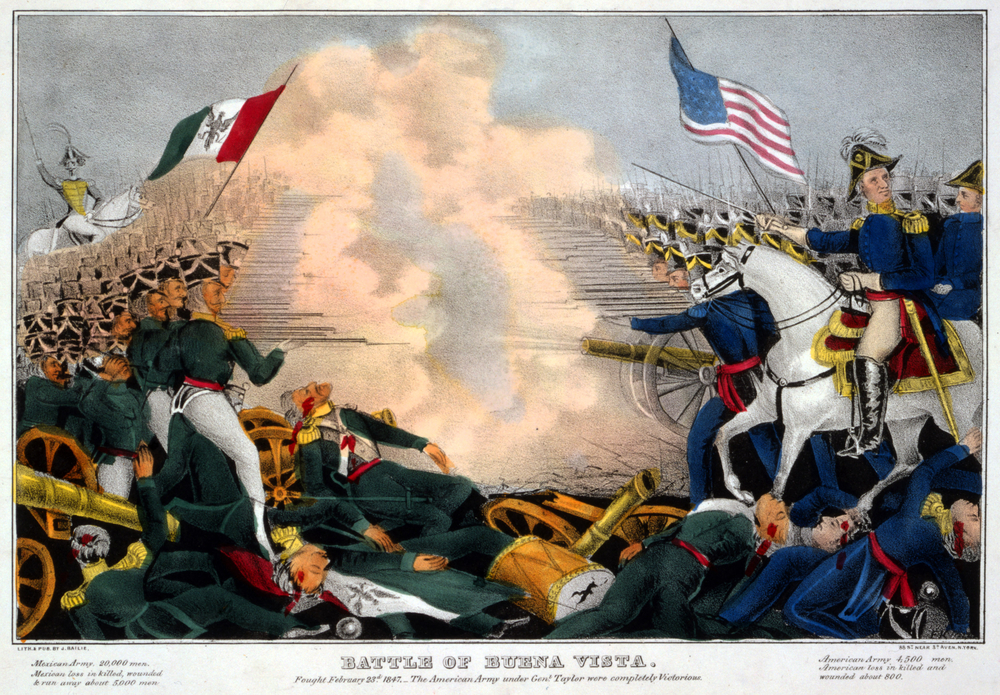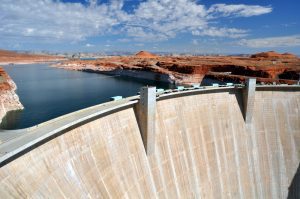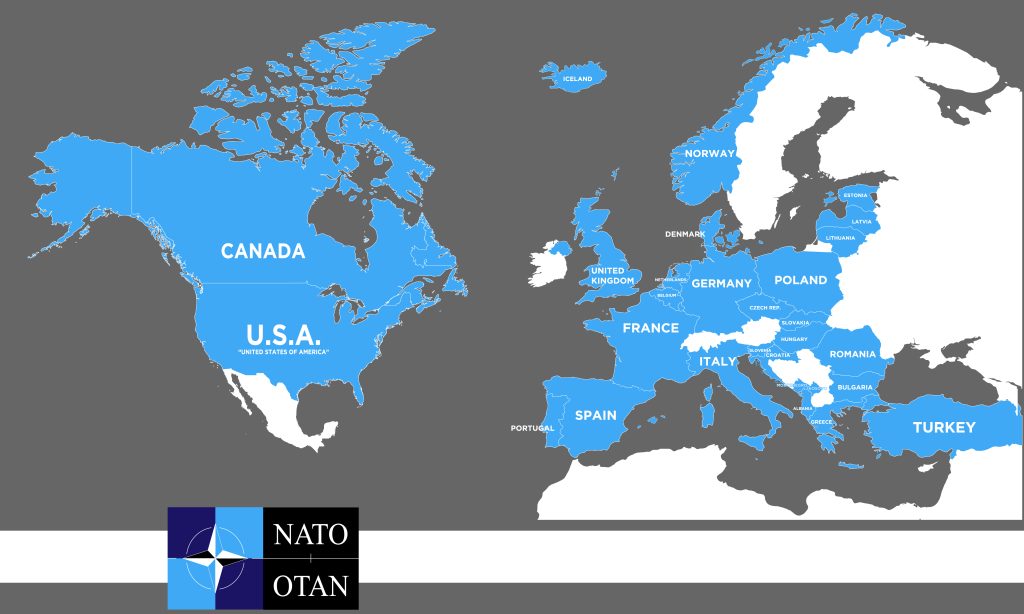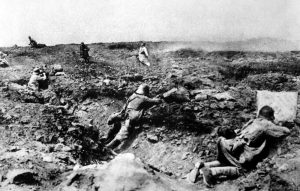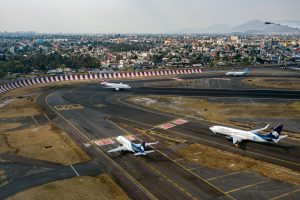The present-day American Southwest has a storied history and close ties to Mexico, with the Mexican Cession of 1848 serving as a turning point in the history of both countries.
The Mexican Cession was part of the Treaty of Guadalupe Hidalgo, the peace treaty that ended the Mexican-American War between Mexico and the United States.
After the war from 1846–1848, the treaty confirmed the Mexican Cession, which is the territory Mexico ceded to the U.S. including present-day Arizona and New Mexico, plus parts of Colorado, Utah, and Nevada.
The southwest U.S. was shaped by the Mexican Cession, and this historical turning point remains significant in U.S.-Mexico history and current relations over 150 years later.
Here is everything you should know about the states that were part of the Mexican Cession.
Table of Contents
What was the Mexican Cession?
The Mexican Cession was the result of the Mexican-American war, with the Treaty of Guadalupe Hidalgo ending the conflict in 1846 on the condition that Mexico gives up certain territories to the U.S.
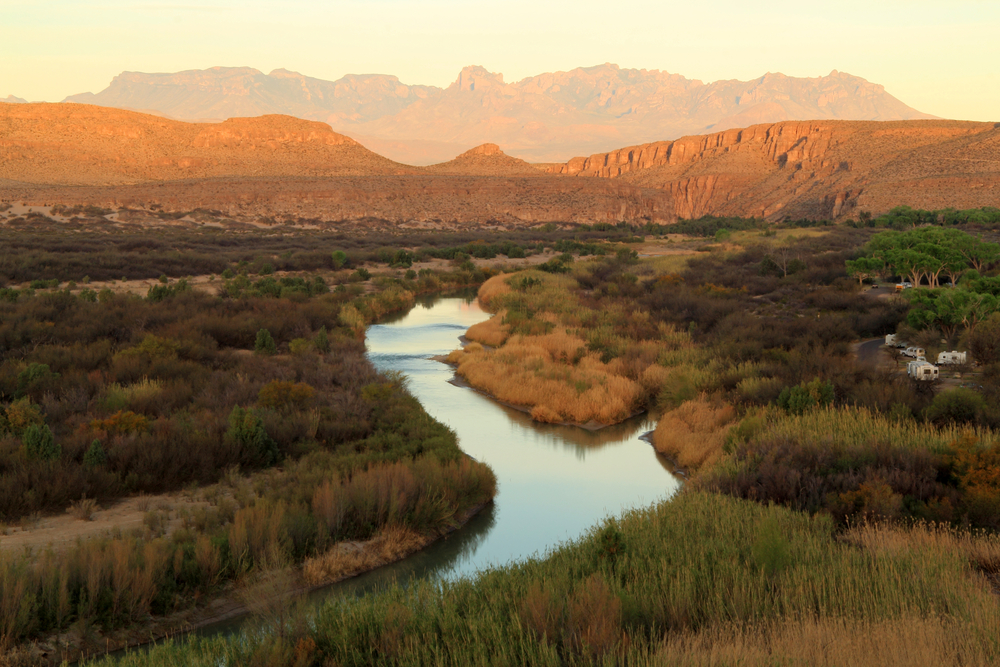
The treaty confirmed the Rio Grande River as the boundary between Texas and Mexico, as well as U.S. ownership of most of California, Colorado, Nevada, Utah, Arizona, and New Mexico.
Known as the Mexican Cession, this treaty forced Mexico to relinquish 55% of its territory, so Mexico would have been much larger had this territory been retained.
Mexicans living in annexed areas had to choose between relocating within the new Mexican borders or becoming American citizens with complete civil rights.
The treaty required the U.S. to pay Mexico $15 million USD and also pay off claims up to $5 million from U.S. citizens against Mexico.
What was the Mexican-American War?
The U.S. and Mexico went to war in 1846, not long after the U.S. annexation of Texas, which Mexico still considered its own territory despite the Republic of Texas functioning like an independent country.
The conflict over this massive piece of land began when both countries claimed the disputed area, with U.S. forces and Mexican troops facing off and the U.S. Congress eventually declaring war on Mexico.
The war lasted less than two years, but in that time, U.S. soldiers made numerous advances on Mexico, with far fewer casualties and injuries than the Mexican side.
This included the siege of Veracruz, advance on Puebla, and occupation of Mexico City.
The war ended with Mexico severely outnumbered and many of its major cities, including the capital, occupied by American forces.
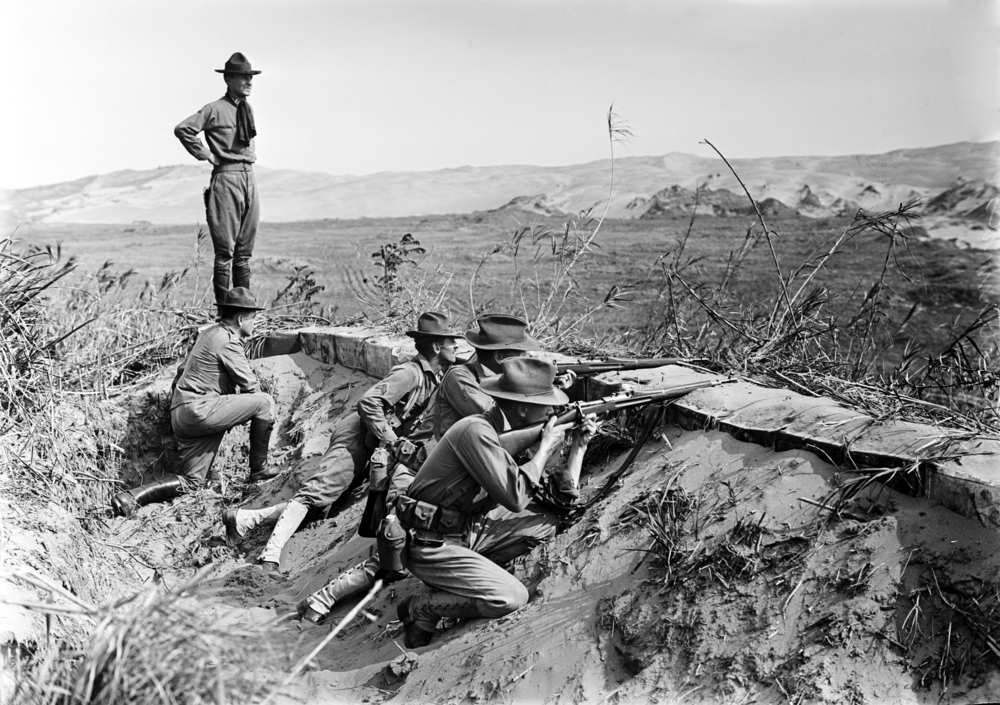
This overall victory gave the U.S. an opportunity to demand over half of Mexico’s total territory, leading to the Mexican Cession and the formation of the southwest U.S. as it stands today.
Why did the U.S. and Mexico go to war?
At the time of the Mexican-American War and the subsequent Mexican Cession, both countries were focused on expansion as well as protecting existing territory.
There was a natural conflict between the two over disputed land, with these disagreements made more difficult by different languages, cultures, and religions.
Mexico was predominately Catholic while much of the Anglo Americans in the southern U.S. were Protestant.
There wasn’t much crossover between Spanish and English speakers, and fights and criminal activity broke out in remote regions, particularly through Texas where the Comanche controlled a large chunk of land in the north-central area.
In 1835, Mexican Army General Antonio López de Santa Anna repealed the Mexican Constitution of 1824, prompting civil war to spread across the country and eventually spurring the beginning of the Texas Revolution and the Mexican-American War.
What states were involved in the Mexican Cession?
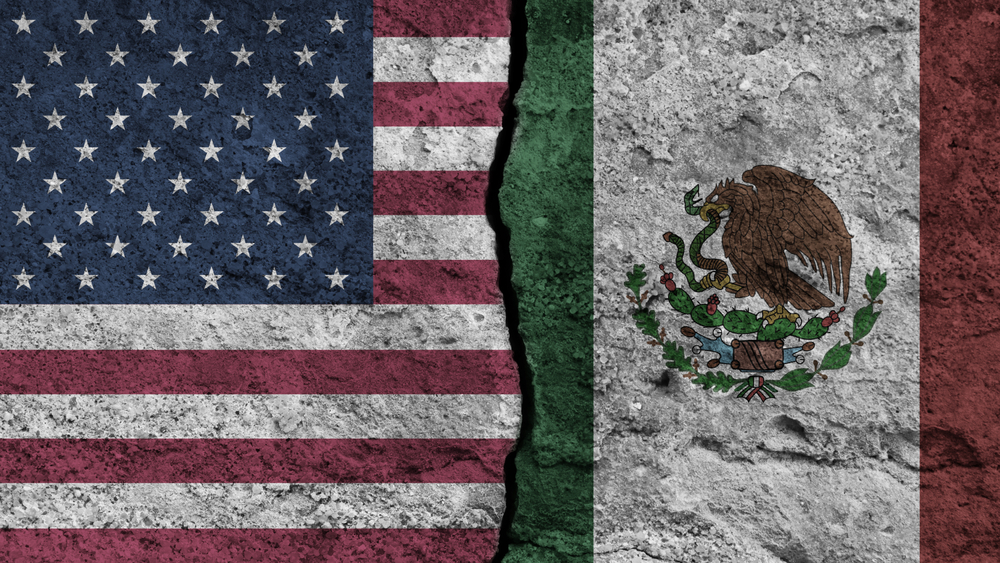
When the Mexican-American War ended with the U.S. winning and both countries signing the Treaty of Guadalupe Hidalgo, it was clear that America wanted to expand, not just with the disputed Texas territory but with much of the present-day southwest as well.
Present-day California, Arizona, New Mexico, Utah, Colorado, and Nevada were all involved in the Mexican Cession, with the U.S. paying Mexico a total of $15 million in exchange for 55% of the country’s territory.
The U.S. also received the Rio Grande as the southern border between Texas and Mexico, which remains to this day.
The Mexican Cession is the third-largest U.S. territory acquisition in history, with the government paying Mexico $15 million, the same amount paid to France for the biggest-ever acquisition of the Louisiana Purchase in 1803.
It was considered a huge victory for the U.S., having won the disputed Texas territory that started the conflict, plus much more.
What happened after the Mexican Cession?
The Treaty of Guadalupe Hidalgo was signed on February 2, 1848, giving the U.S. another 525,000 square miles of territory to further spur the nation’s success and eventual development into a global superpower.
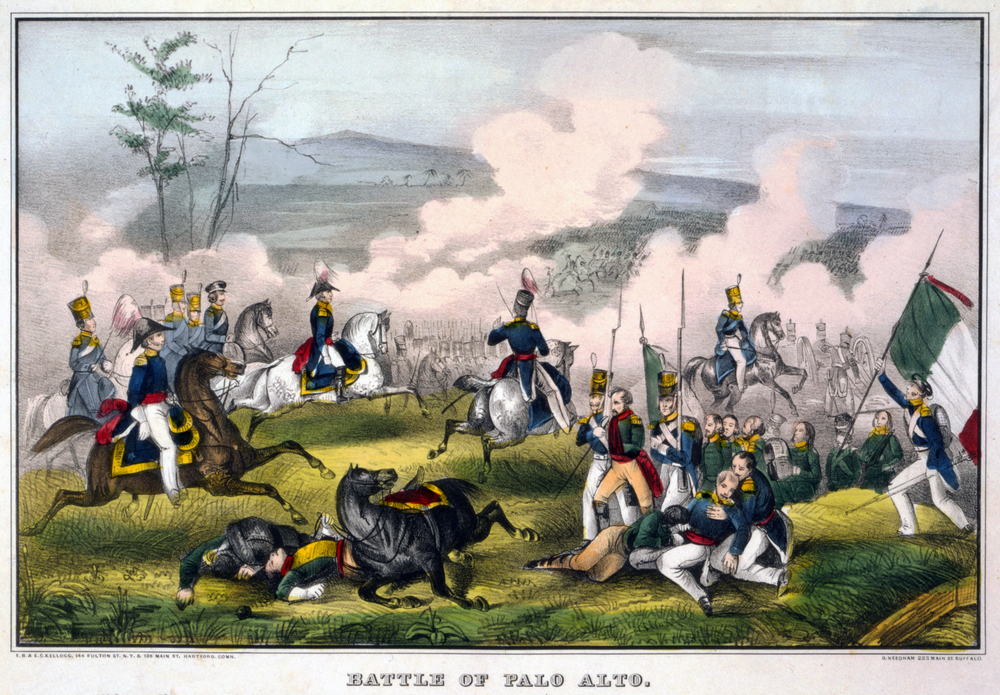
It took some time, but eventually, all the territory ceded in the Mexican Cession was incorporated into states, and this land remains within the U.S. to this day.
Although Texas had already been admitted to the United States before the Mexican-American War began, the territorial dispute was officially cleared up following the Mexican Cession, and then California was next to join the union in 1850 as Colorado followed in 1876.
It took longer to settle and incorporate Utah, New Mexico, and Arizona, but within 70 years, all the Mexican Cession territory was officially part of an American state.
Utah entered the union in 1896, with New Mexico and Arizona joining in 1912.
What was the Gadsden Purchase?
Another thing that happened after the Mexican Cession was the Gadsden Purchase of 1854, which was essentially a follow-up treaty to ensure the U.S. got full control of present-day Arizona and New Mexico.
A large portion of this land was already given to the U.S. following the Mexican-American War, but undisputed territory near the southern border remained, prompting the U.S. to make a new agreement.
Tensions simmered between the two governments in the immediate aftermath of the war, with both sides claiming the Mesilla Valley in what’s presently southern New Mexico and west Texas.
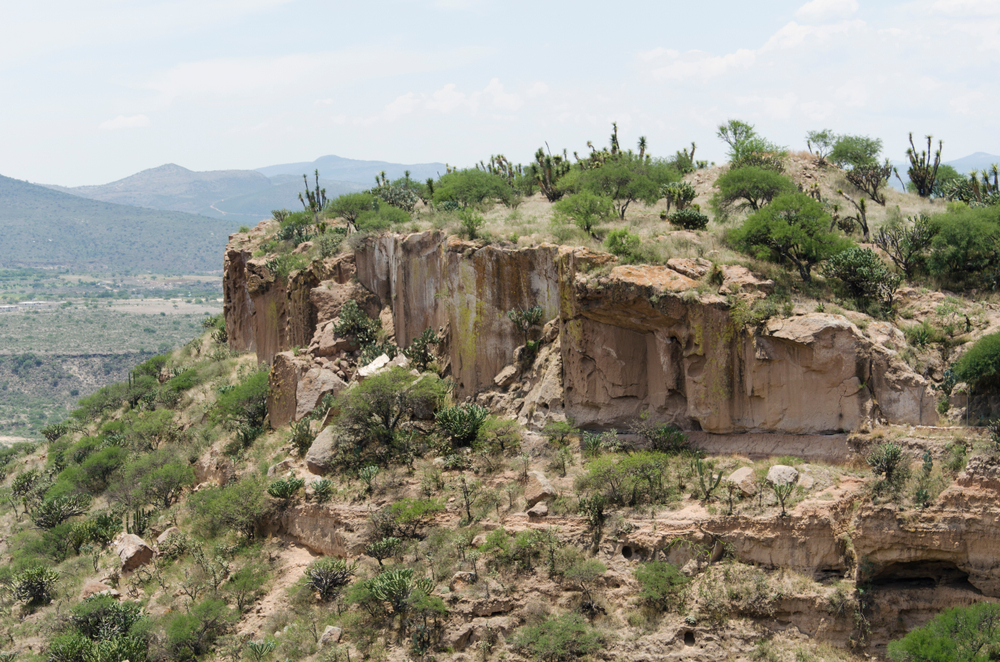
The U.S. wanted confirmed control over this land to build and maintain the southern transcontinental railroad, which led to the $10 million Gadsden Purchase.
In return, the U.S. received a 29,670 square mile piece of Mexico that today forms the southern border of the U.S., including Tucson, Yuma, and Sierra Vista in southern Arizona and remote New Mexico, just southwest of Las Cruces.
How large was the Mexican Cession?
The impact of the Mexican Cession on the U.S. was enormous, as it not only added substantially more land – over 500,000 square miles – but also boosted patriotism in the years leading up to the Civil War.
To put everything in perspective, the Mexican Cession makes the top three for U.S. land acquisitions, with only the Louisiana Purchase and acquisition of Alaska adding more square miles to U.S. territory.
The 1803 Louisiana Purchase was 827,987 square miles, while Alaska was 591,000 and the Mexican Cession came in at 529,189 sq. mi.
Texas itself was an additional 389,166 sq. mi., around the same time as 286,541 sq. mi. was acquired from the U.K. in the Oregon Territory.
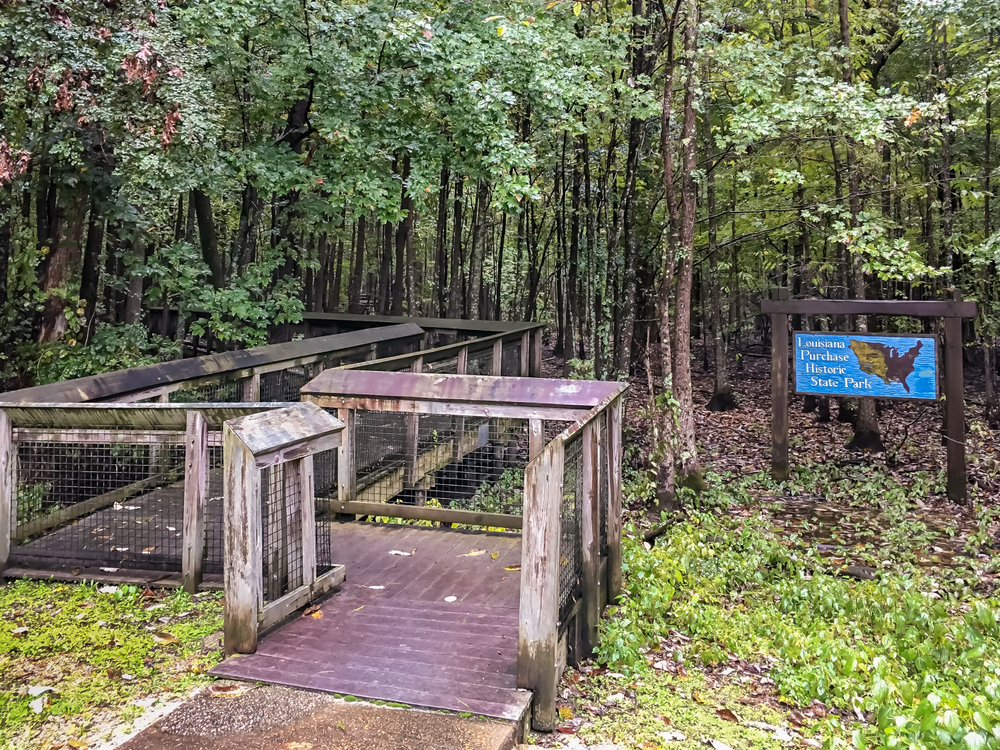
Although the U.S. has continued to acquire territory in the years since the Mexican-American War, there hasn’t been another land purchase as big as the Mexican Cession apart from Alaska in 1867.

